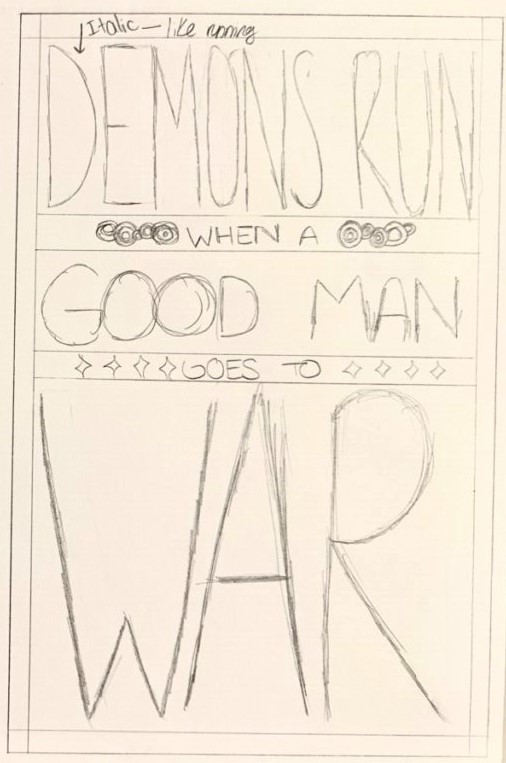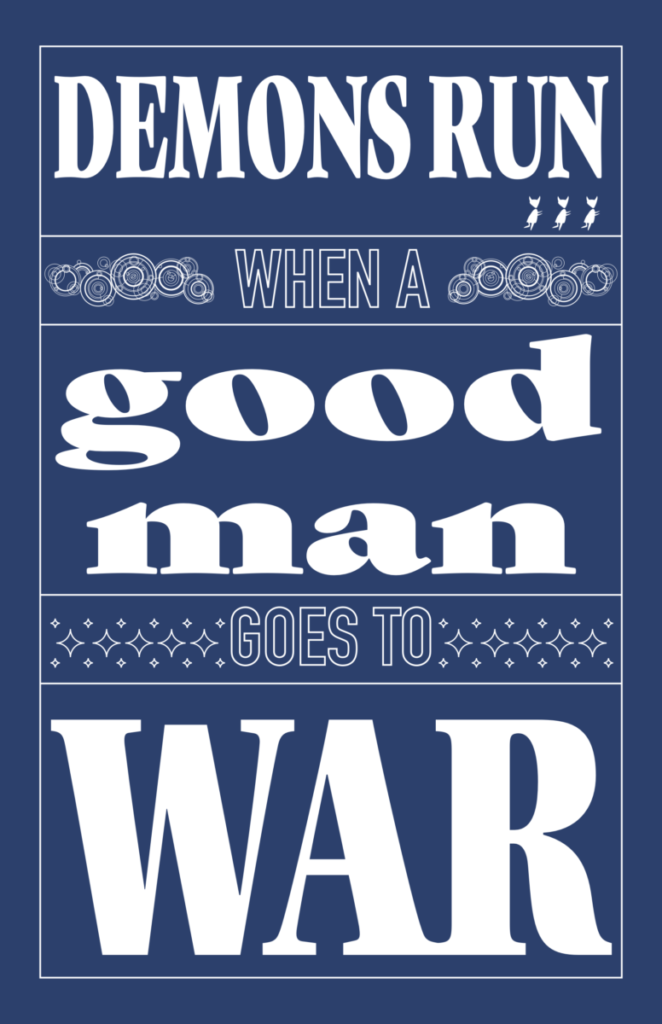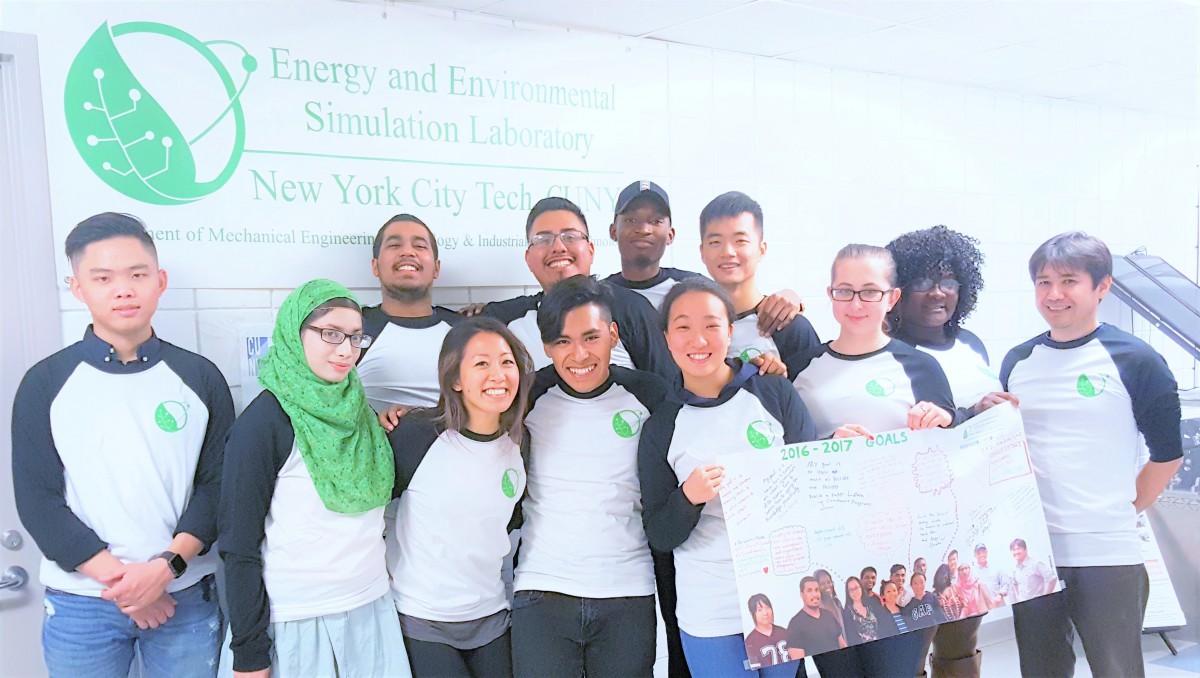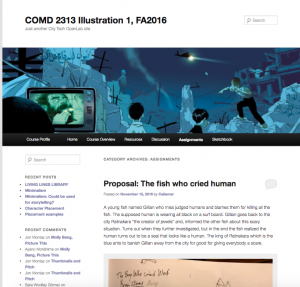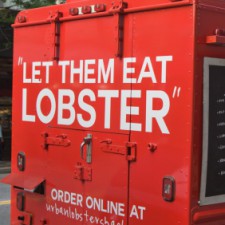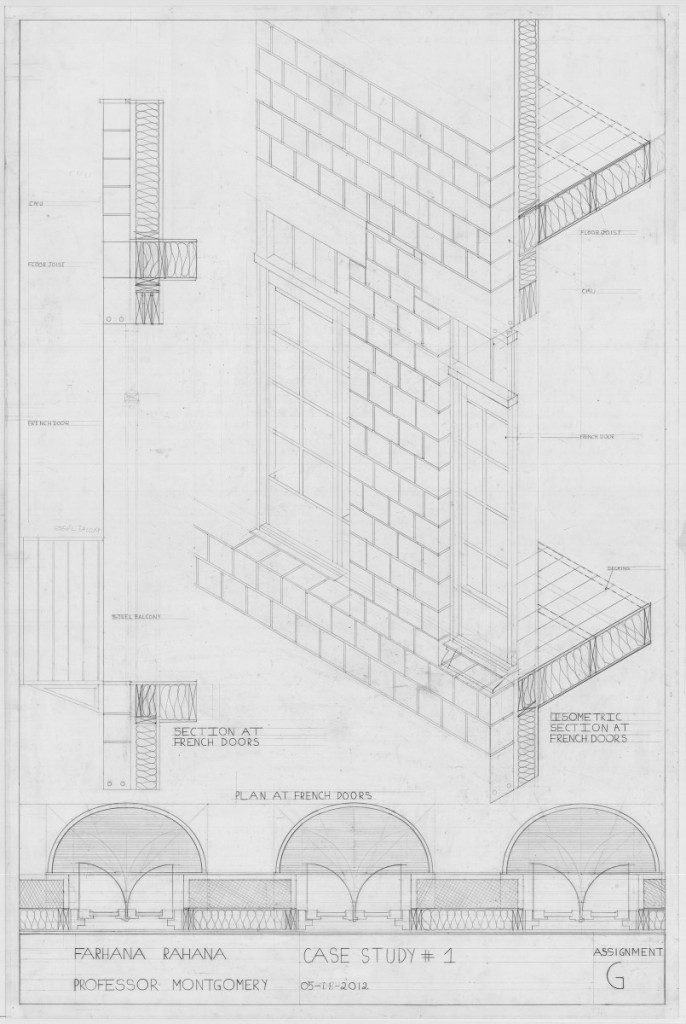Draft and Finished Postcards, by Adrika Hoque
As students get started showing their work–for further studies or when applying for jobs–an ePortfolio is a great way to get started demonstrating their experience!
This spotlight brings an example of a sophomore student portfolio to show how students can take advantage of class assignments to start building their own portfolios to highlight relevant job skills. Even classes and topics that are not the student’s main interest will give variety to one’s curriculum and contribute to show experience with different tools and approaches.
Adrika Hoque’s ePortfolio also gives some nice examples on how blog posts can be a great format for image analysis, as it lets the author pick their preferred balance between text and images. Even though social media platforms such as Instagram are great in their reach, posts on an ePortfolio allow for a better balance of image and text, allowing for a deeper examination and comparison.
A good example of the potential is the Visual Quote Project post (created in her first year at City Tech) in which Adrika shows her work with different concept drafts and explains each of them. In the end, after the reader is acquainted with the logic behind each, she puts them all side-by-side so we can compare and better appreciate each of the images.
Students working on getting an ePortfolio started can browse through all the great ePortfolio examples from their classmates. As you find other ePortfolios you’d like us to spotlight, let us know!

